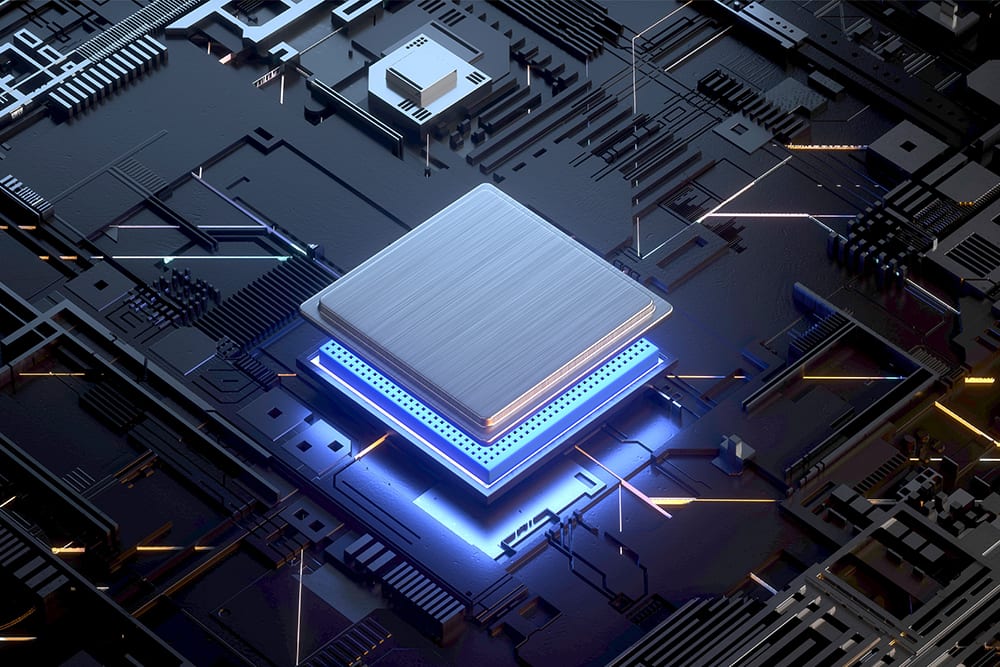For more than 50 years, Advanced Micro Devices (AMD) has designed and developed leading-edge semiconductor products to solve some of the world’s toughest high-performance computing and visualization challenges. Thousands of engineers around the world each play a part in the company’s push to advance and transform.
As part of its continuous evolution, when AMD consolidated 20 or so IT data centers to a single, centralized location in Atlanta, to deliver significant cost savings and simplification, it meant engineers needed a reliable, secure and scalable remote connectivity solution.
However, the existing solution in use at AMD had significant issues around supportability, stability and more, so a replacement was needed. AMD selected OpenText™ Exceed™ TurboX (ETX) for its high-performance to provide secure, remote access to graphically demanding applications.
“The main benefits of OpenText ETX to us are performance and stability. If I solve those two issues, I’ve done my job. They are important because, as an engineer, when you have a deadline, the last thing you want to have is a platform that shuts down midway through your project and you risk losing days of work. If you multiply this by thousands of engineers, imagine the potential productivity loss by having to re-create days and days and days of work,” said Rabih Mneimneh, IT Manager, Global Virtualization and Remote Computing at Advanced Micro Devices.
Not only has the ETX solution delivered the stability and security sought, it has also enabled a simplified environment, that is easier to support and has contributed to greater cost savings as well as productivity gains, as much as 30% for users on some projects.
Reliable and dependable remote access has been put to an even greater test since implementation. When the COVID-19 pandemic forced organizations to switch to home working, AMD was already capable of making that switch, something that would not have been feasible before OpenText Exceed TurboX was deployed. Read the full success story here.



